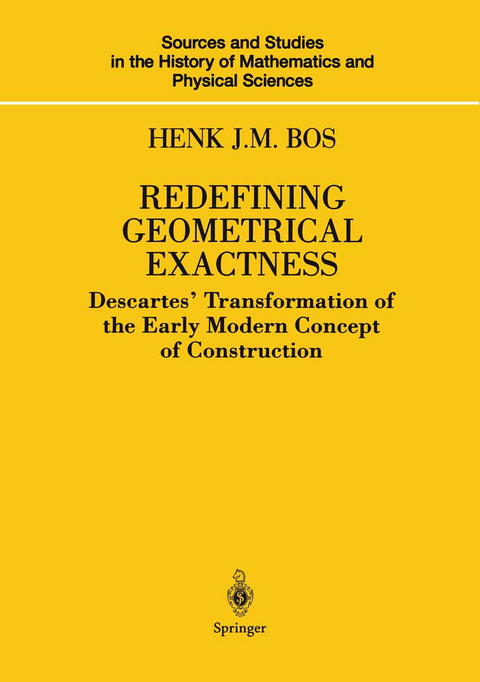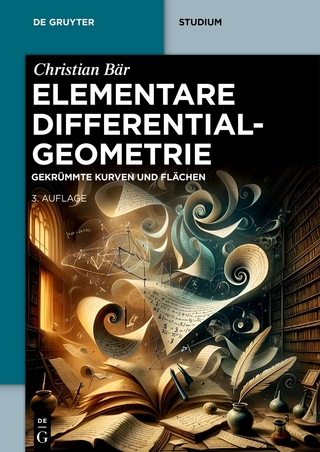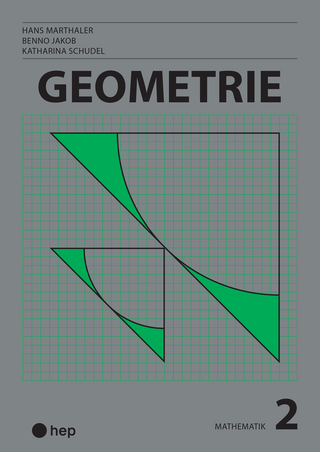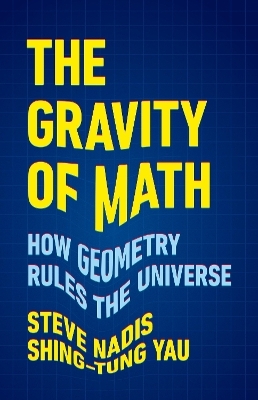
Redefining Geometrical Exactness
Springer-Verlag New York Inc.
978-1-4612-6521-4 (ISBN)
1 General introduction.- 2 The legitimation of geometrical procedures before 1590.- 3 1588: Pappus’ “Collection”.- 4 The early modern tradition of geometrical problem solving; survey and examples.- 5 Early modern methods of analysis.- 6 Arithmetic, geometry, algebra, and analysis.- 8 Using algebra — Viète’s analysis.- 9 Clavius.- 10 Viète.- 11 Kepler.- 12 Molther.- 13 Fermat.- 14 Geometrical problem solving —the state of the art c. 1635.- 15 Introduction to Part II.- 16 Construction and the interpretation of exactness in Descartes’ studies of c. 1619.- 17 Descartes’ general construction of solid problems c. 1625.- 18 Problem solving and construction in the “Rules for the direction of the mind” (c. 1628).- 19 Descartes’ first studies of Pappus’ problem (early 1632).- 20 The Geometry, introduction and survey.- 21 Algebraic operations in geometry.- 22 The use of algebra in solving plane and indeterminate problems.- 23 Descartes’ solution of Pappus’ problem.- 24 Curves and the demarcationof geometry in the Geometry.- 25 Simplicity and the classification of curves.- 26 The canon of geometrical construction.- 27 The theory of equations in the Geometry.- 28 Conclusion of Part II.- 29 Epilogue.- List of problems.- Name Index.
| Reihe/Serie | Sources and Studies in the History of Mathematics and Physical Sciences |
|---|---|
| Zusatzinfo | XIX, 472 p. |
| Verlagsort | New York, NY |
| Sprache | englisch |
| Maße | 178 x 254 mm |
| Themenwelt | Mathematik / Informatik ► Mathematik ► Geometrie / Topologie |
| ISBN-10 | 1-4612-6521-5 / 1461265215 |
| ISBN-13 | 978-1-4612-6521-4 / 9781461265214 |
| Zustand | Neuware |
| Informationen gemäß Produktsicherheitsverordnung (GPSR) | |
| Haben Sie eine Frage zum Produkt? |
aus dem Bereich


